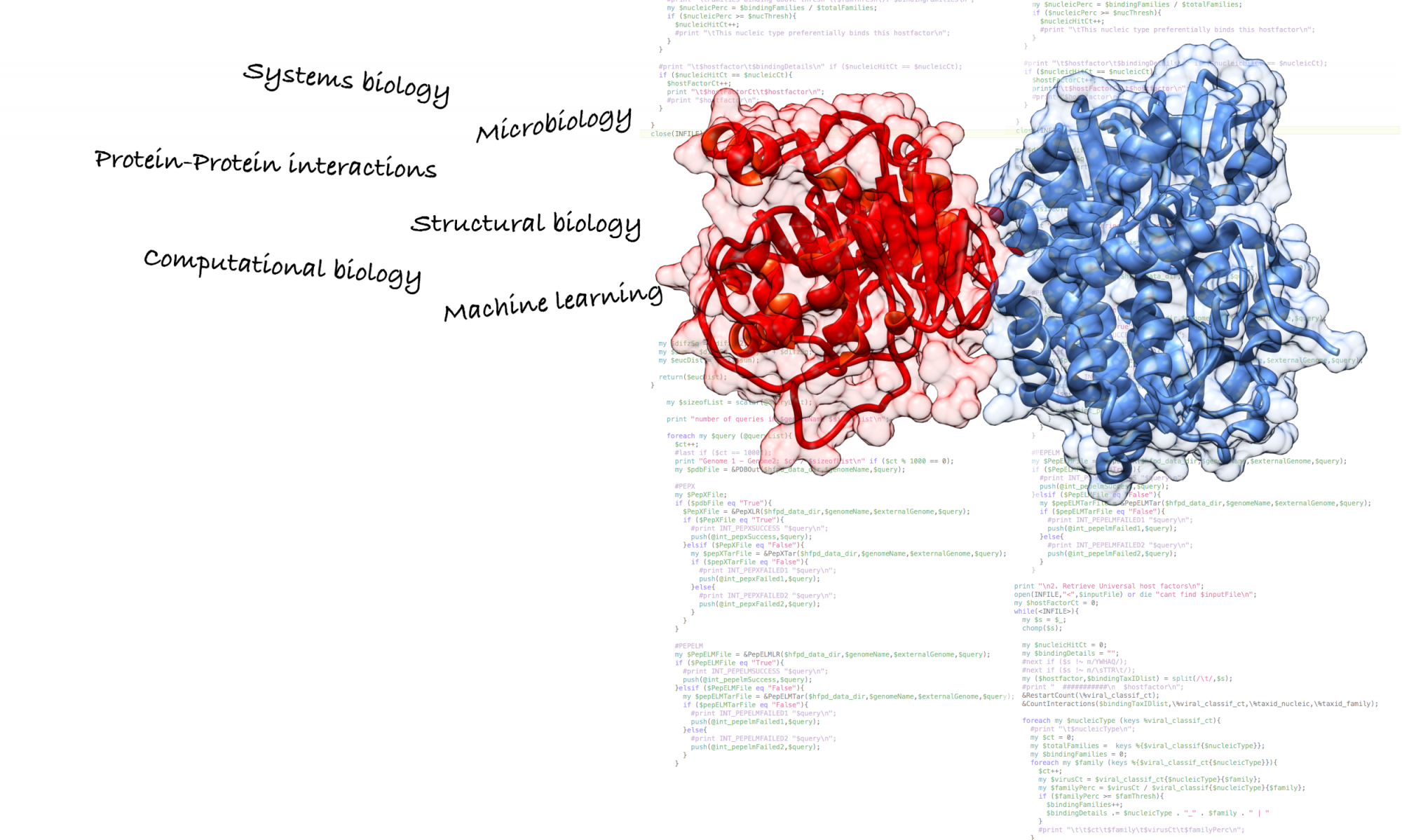Protein design aims to rationally design proteins that fold into particular target structures capable of performing new desired functions. Such an approach will undoubtedly have a huge impact in medicine and biotechnology in the future. However, and despite important recent advances in the field, efforts have had limited success in designing proteins with high affinity and selectivity for small ligands.
Baker and colleagues describe a novel computational method to design ligand-binding proteins, which is combined with directed-evolution experiments. The described computational protocol mimics properties of naturally occurring binding sites: specific hydrogen-bonding and van der Waals interactions with the ligand, shape complementarity and structural organization in the unbound state.
As a result, the designed protein is able to bind the target ligand with picomolar affinity. X-ray crystallography confirms the computer-designed ligand-binding mode. Specificity assays show that related ligands bind less tightly to the designed protein. Furthermore, fine tuning the hydrogen-bonding interactions at the designed binding site permits control of affinities over related ligands.Computational design of ligand-binding proteins is likely to have a strong influence on future protein design attempts and, as the authors state, “should provide an increasingly powerful approach to creating small molecule receptors for synthetic biology, therapeutic scavengers for toxic compounds, and robust binding domains for diagnostic devices”.
